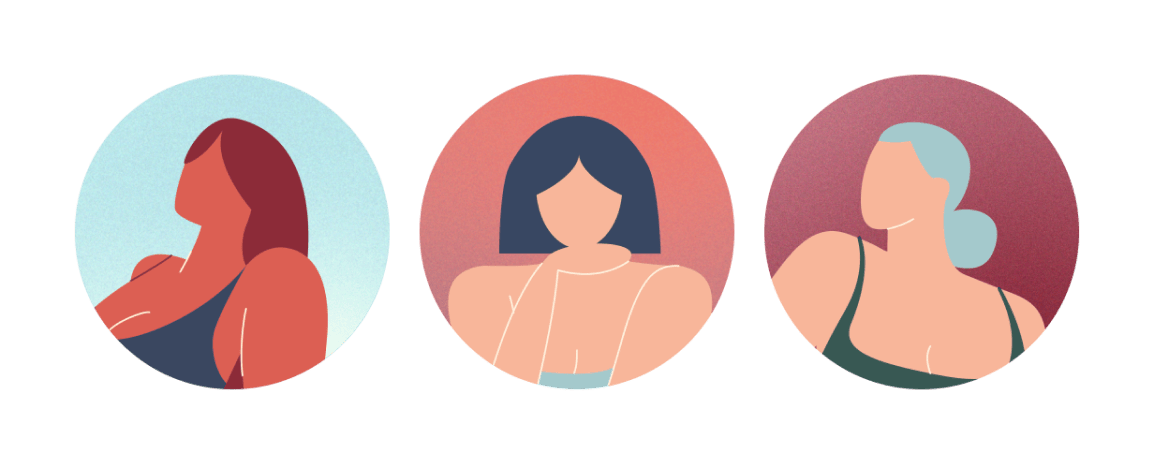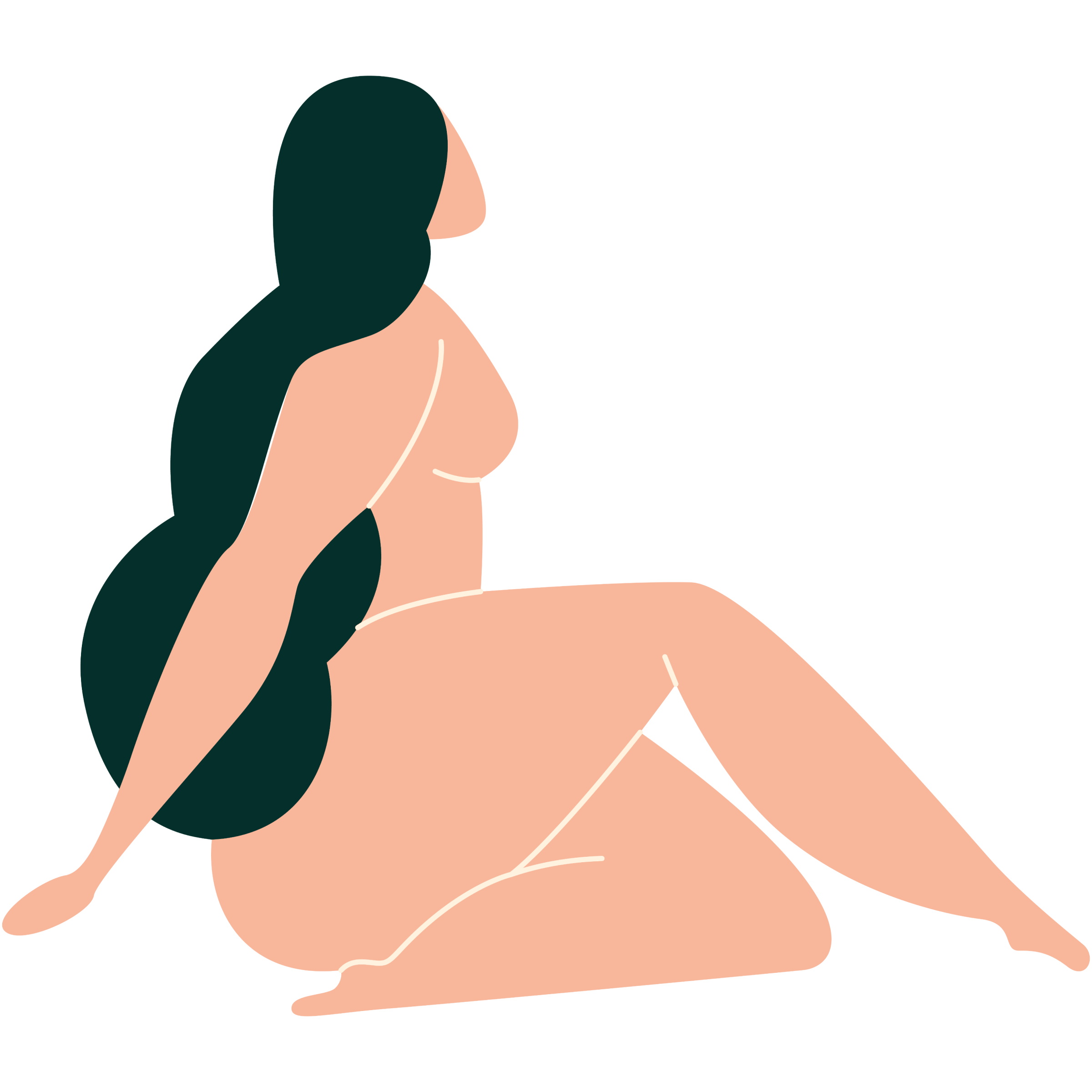
Body
Get to know your body through a better understanding of your anatomy and find the answers to some of your most common questions.
Back
All topics
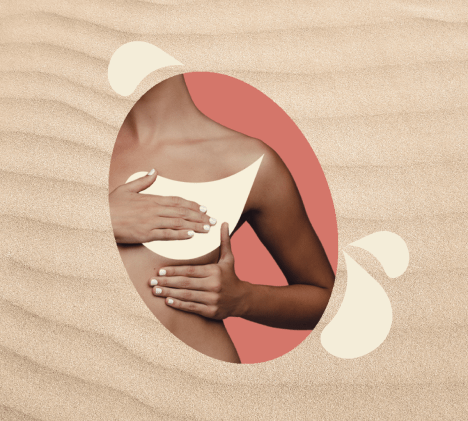
4 resources
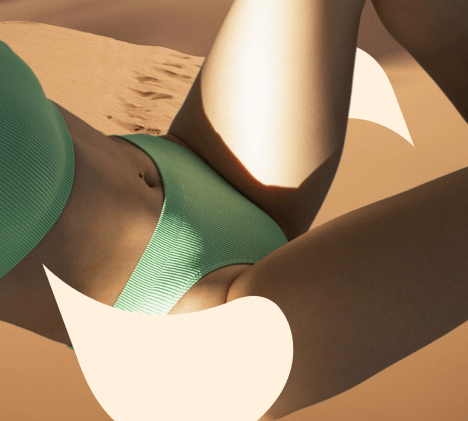
19 resources

6 resources
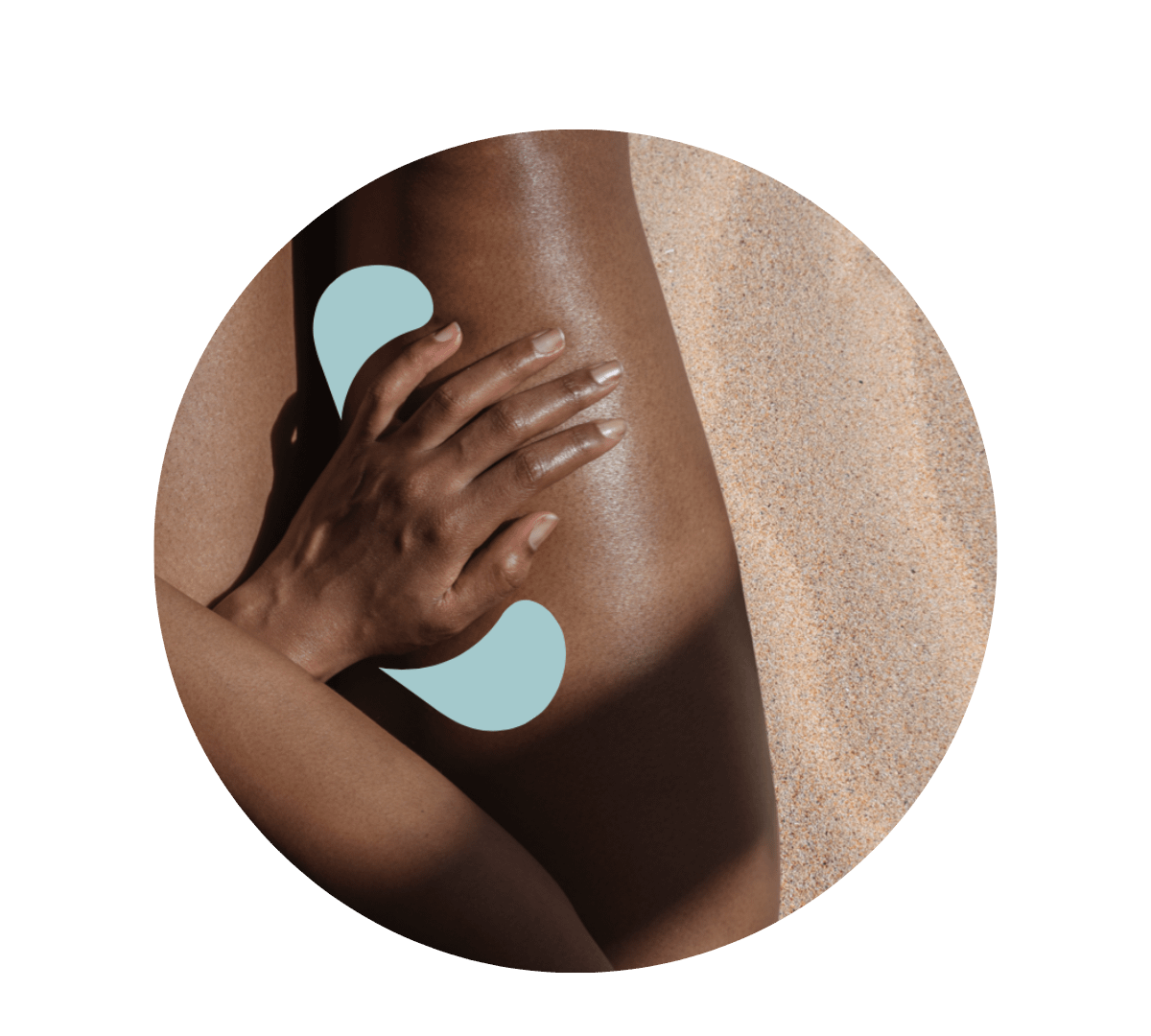
4 resources

6 resources
Back
All topics

9 resources

12 resources

4 resources

11 resources

2 resources
Back
Back
All topics
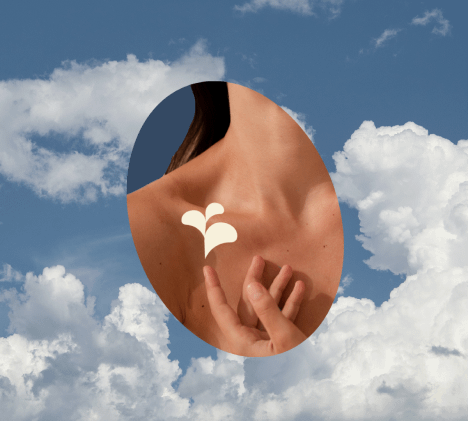
17 resources

11 resources
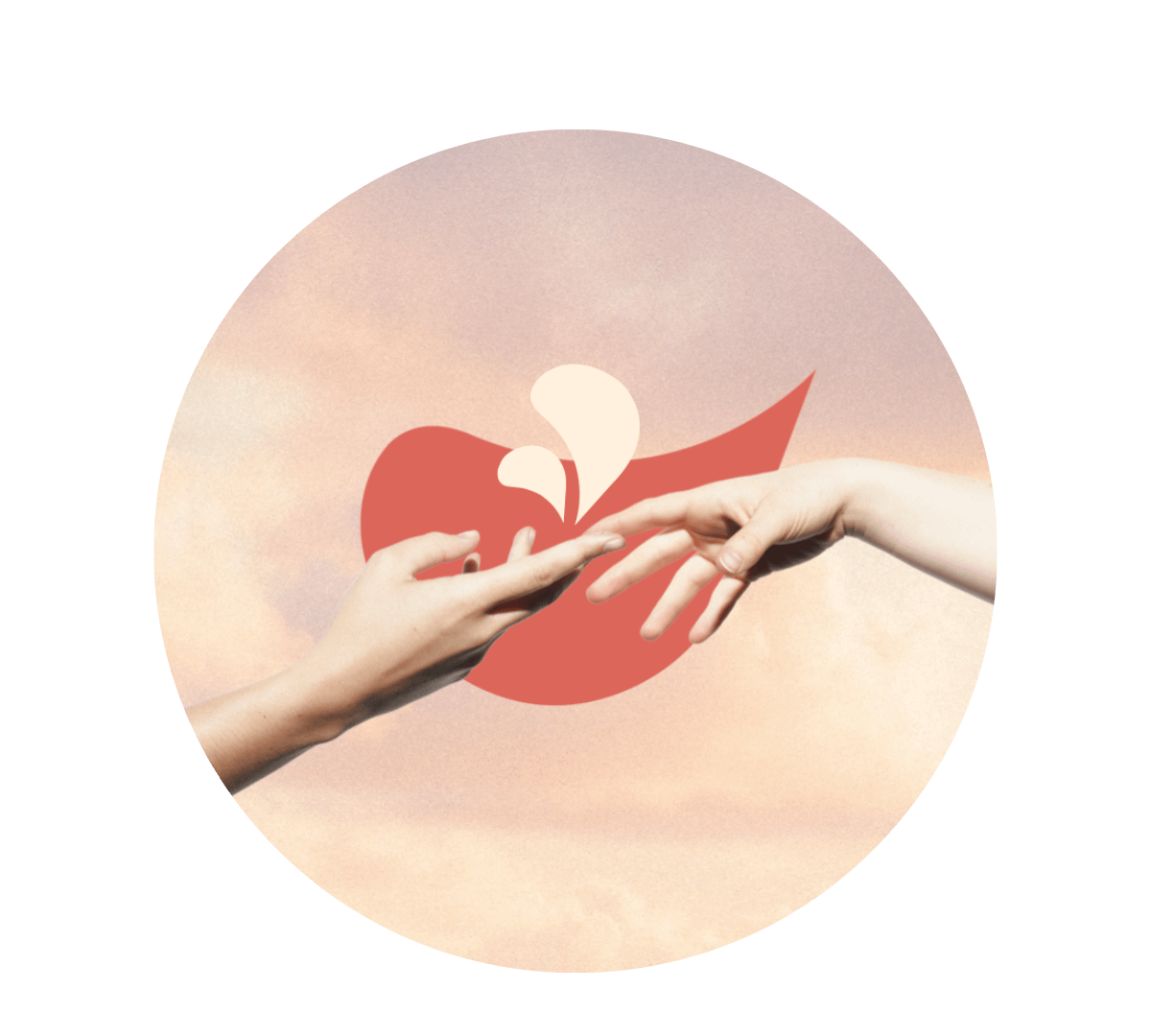
17 resources
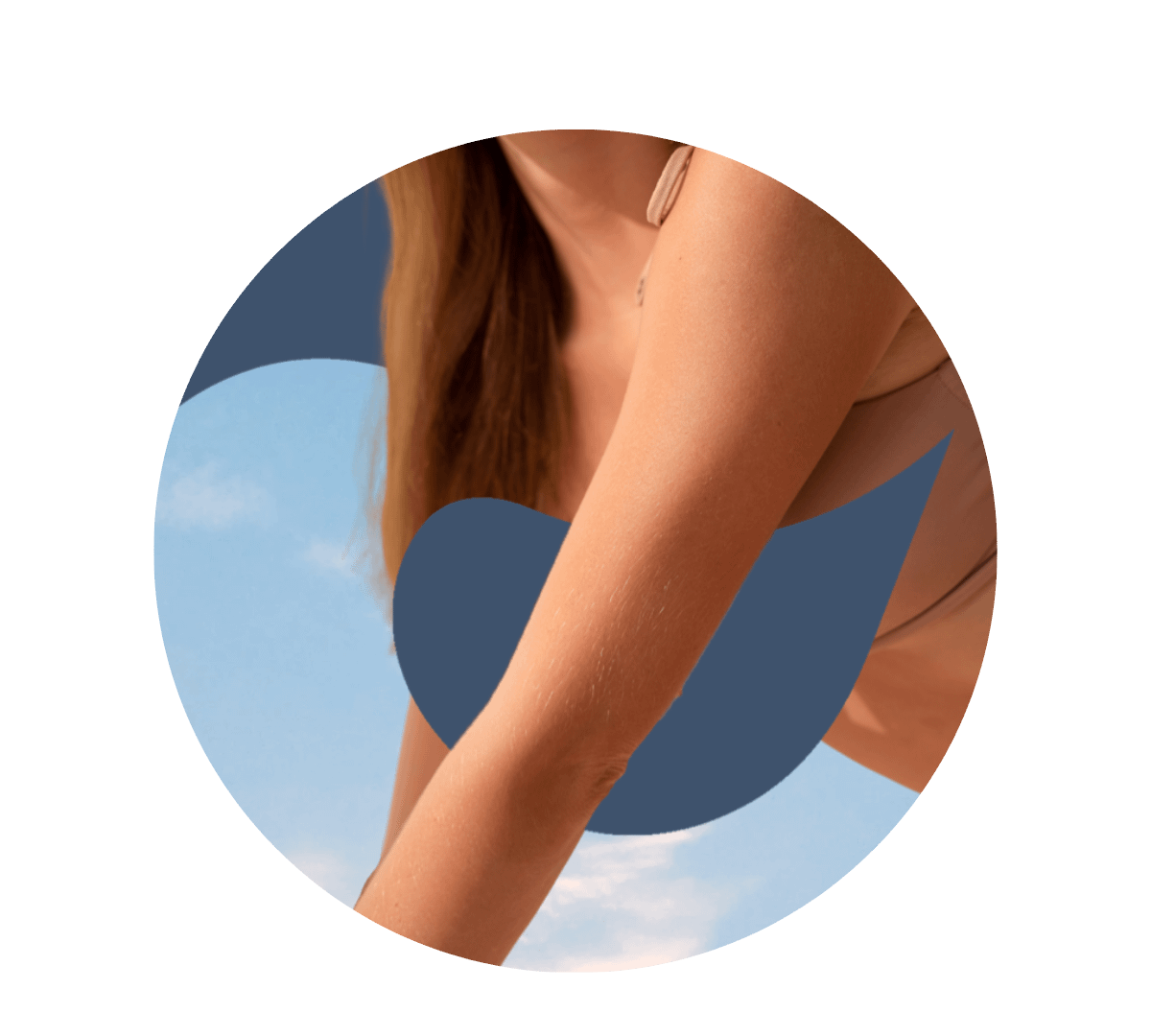
2 resources

Mauj Products
We’ve designed our products to help you explore your body, solo or otherwise. Whether you’re a curious novice or a seasoned explorer, this is for you.
Back
All topics

4 resources

19 resources

6 resources

4 resources

6 resources
Back
All topics

9 resources

12 resources

4 resources

11 resources

2 resources
Back
Back
All topics

17 resources

11 resources

17 resources

2 resources

Mauj Products
We’ve designed our products to help you explore your body, solo or otherwise. Whether you’re a curious novice or a seasoned explorer, this is for you.
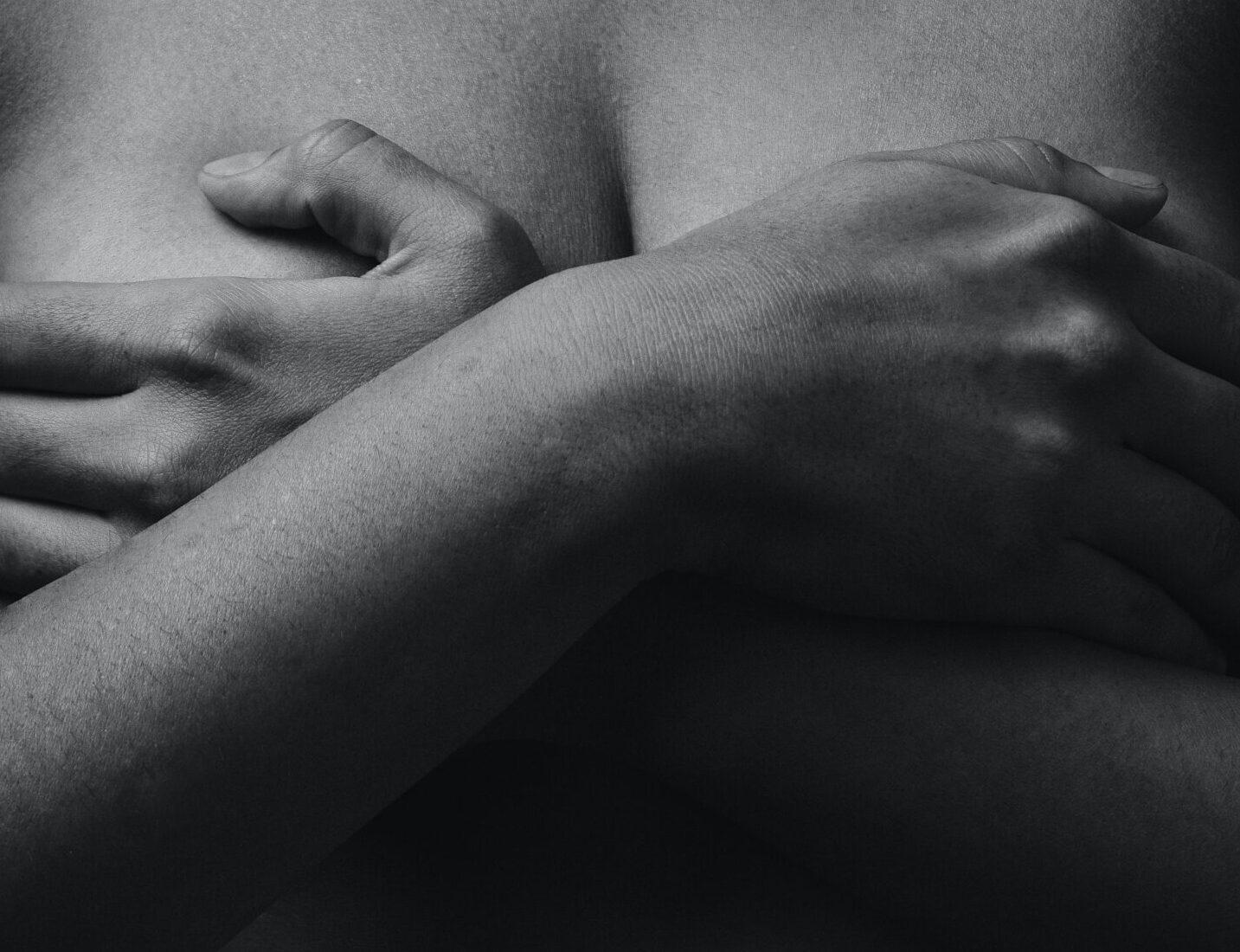
The female body is a remarkable tapestry of complexity and beauty. Breasts, for example, in all their diverse shapes, sizes, and colors, are a symbol of femininity, nurture, and life. Beyond their role in breastfeeding, they are an integral part of our sensory network, offering key insights into our health. Understanding and connecting to this part of our bodies can empower us to celebrate and care for our unique bodies in more meaningful ways.
Join us as we learn more about breast anatomy and answer common questions about this incredible part of our bodies.
Several kinds of tissue form female breasts. The different types of breast tissue include:
Apart from the tissues, your breast anatomy also includes the nipples, lobes surrounding the nipple, the areola, which is the circular, often darker area around the nipple, and blood vessels. Breasts are connected to ribs by muscles, but these are not part of the breast’s anatomy.
Your nipples have hundreds of nerve endings, which makes them sensitive to touch and arousal.
During puberty, higher levels of testosterone in males usually stops their breasts from developing like a female’s would. Externally, they have nipples and areolas but there is no glandular tissue in the male breast.
Men also have some milk ducts, but they remain underdeveloped.
There are many factors that determine the size and shape of your breasts, and the biggest is genetics. Other factors include your overall weight, your body-fat percentage, age, breastfeeding and pregnancy.
Your breasts also change overtime and according to where you are in your cycle. For example, some women report that their breasts swell in the days leading up to their period.
Getting familiar with your unique anatomy can not only help you develop better self-esteem and body image, but it can also be key to keeping you healthy. Spend some time getting to know your breasts to unlock the pleasure that this part of your body can bring and learn how to tell when something is not quite right.
There’s a lot more to breasts than literally meets the eye. Keep learning and exploring this beautiful part of your body and appreciating them for what they truly are – an integral part of your unique self.
Did you find the answer you were looking for? Is there something we missed? What did you think of this resource? We want to hear from you.
